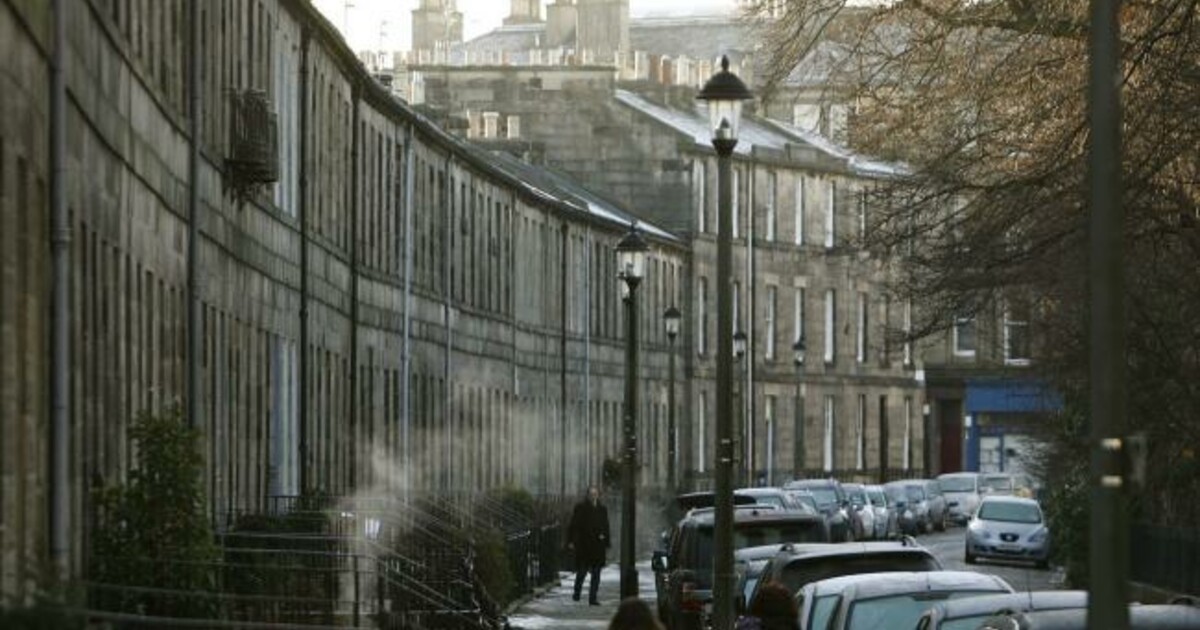Give councils the powers to solve the housing crisis

“Among the several causes to which the prosperity of a nation may be ascribed, the situation, conveniency [sic], and beauty of its capital are surely not the least considerable”.
These are the opening lines of the 1752 notice of public works in Edinburgh that led to the building of the New Town. In the 18th century, at the time of David Hume and Adam Smith, Edinburgh had tremendous aspirations for the city.
Consequently, in 1767, a little known local architect, James Craig, won a prestigious competition to develop what we now know as the New Town. His plan was elegant, yet simple and would elevate medieval ‘Auld Reekie’ into the ‘Athens of the North’. The necessary land was acquired by the City’s Common Good Fund and builders were invited to acquire plots and build the Georgian townhouses according to the masterplan.
This year is the 250th anniversary of the New Town, now part of a World Heritage Site, and an excellent example of public led development by an enterprising City Council. It’s striking that the development of the New Town was in response to many of the same issues we face today.
These include overcrowding, a lack of choice in finding good quality housing, families struggling to get by and ever widening social and economic inequalities. So on this major anniversary, we should be not only celebrating this magnificent urban space but reflecting on the lessons it holds for today’s housing crisis.
In little under two months’ time, Scots will go to the polls to elect their local councillors. Chat to any candidate from any party and I’m sure they’ll tell you that housing is one of the most important issues to voters. Where we live, how much it costs, and how it affects our daily lives is fundamental to everyone.
Yet, we are in the midst of a housing crisis. The price of property is soaring in cities, while families are being priced out of rural communities by speculative buyers and holiday homes. We need many more affordable homes to create sustainable communities and to provide young people in particular with a place to call home.
This week the Scottish Government released the latest figures on housing. Worryingly these trends highlight that the number of social housing completions is 9% down from the last year. It is beyond doubt that we need to be far more innovative and radical if we are to meet the human right to a home.
For example, there is the scourge of empty homes. Across the country, Shelter Scotland reports that there are 34,000 empty houses lying abandoned. Bringing these back into the housing system would greatly assist the Scottish Government in achieving its target to deliver 50,000 affordable homes in the next four years.
What’s more, we know that short-term lets are an increasingly thorny issue throughout Scotland. In Glasgow and Edinburgh, for example, resident communities are being hollowed out by a rapid growth in short-term letting driven by easy profits and an appalling lack of regulation. They join the long history of similar issues across rural Scotland where the prevalence of holiday homes purchased by rent-seeking investors are displacing local residents.
But let’s not stop there. The planning system needs to be radically overhauled too.
We have 11,000 hectares of vacant and derelict land in Scotland. There is land in our cities that could be used for homes, greenspace and amenities lying unused, untaxed and often owned in offshore tax havens. If taxed appropriately, councils could raise significant revenue to tackle the housing crisis and to force landowners to use it or lose it. We should go further and give back to councils a right they used to have to buy land at its existing use value rather than its inflated value with planning permission. Overnight, we could increase the investment in good quality, affordable homes by over 30%. Councils could, as they do in Germany and the Netherlands, lead the redevelopment of our towns and cities. If introduced here, this would put power in people’s hands and prevent volume house builders and developers from inflating land prices. As we all know, an over-inflated housing market is bad for the vast majority of people.
So as we approach the forthcoming election, we have an opportunity for a fundamental rethink in how we deliver housing. We can leave it to government to lead on delivering an inadequate number of social homes and to the speculative volume house building industry to destroy the greenbelt and rake in profits from land value appreciation.
Or we can reflect on the success of the Edinburgh’s New Town and aspire to enter a new era of ambitious, public-led programmes of urban development that deliver the affordable warm homes that are so desperately needed by far too many people.
This article first appeared in The National.
